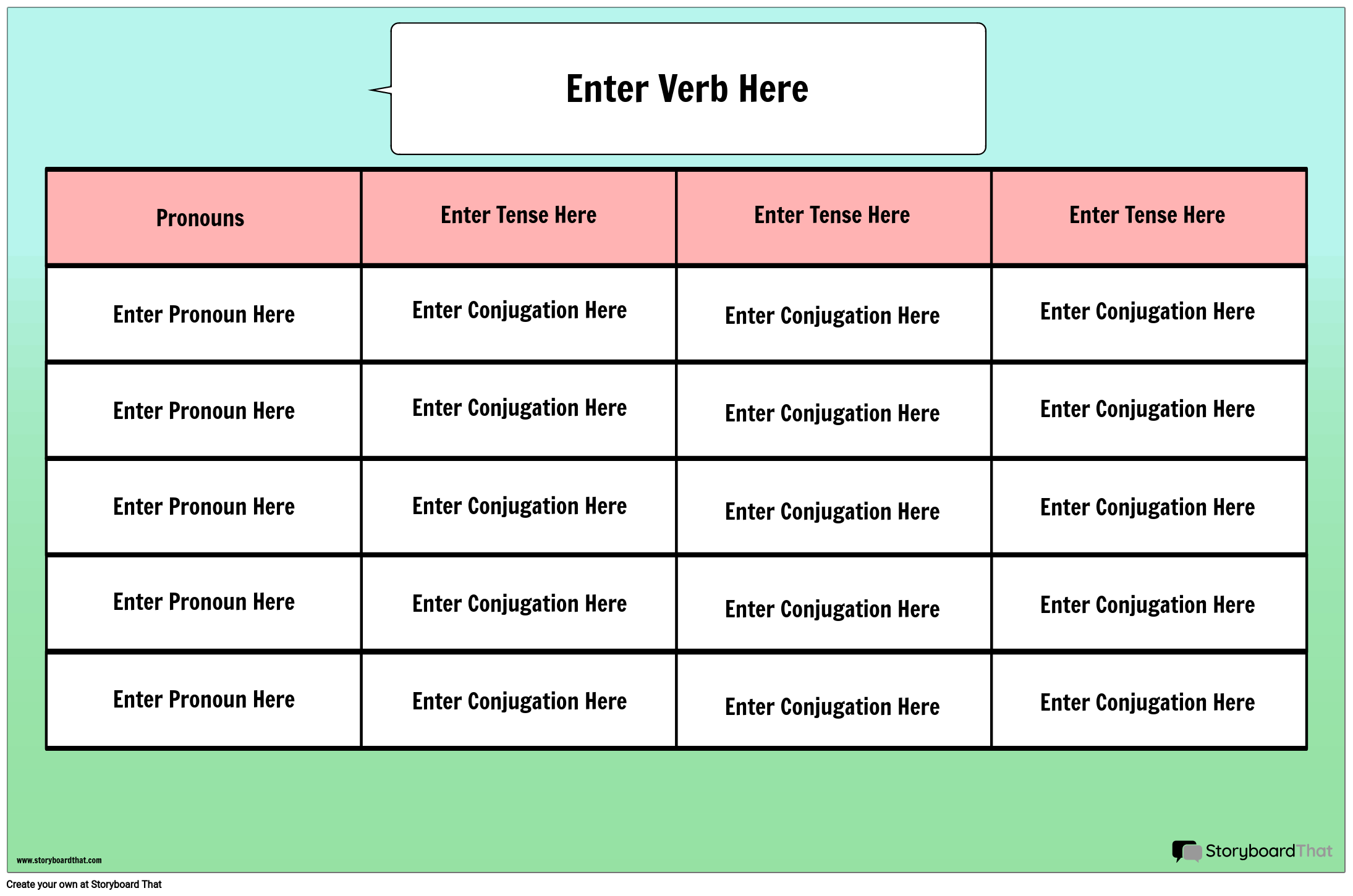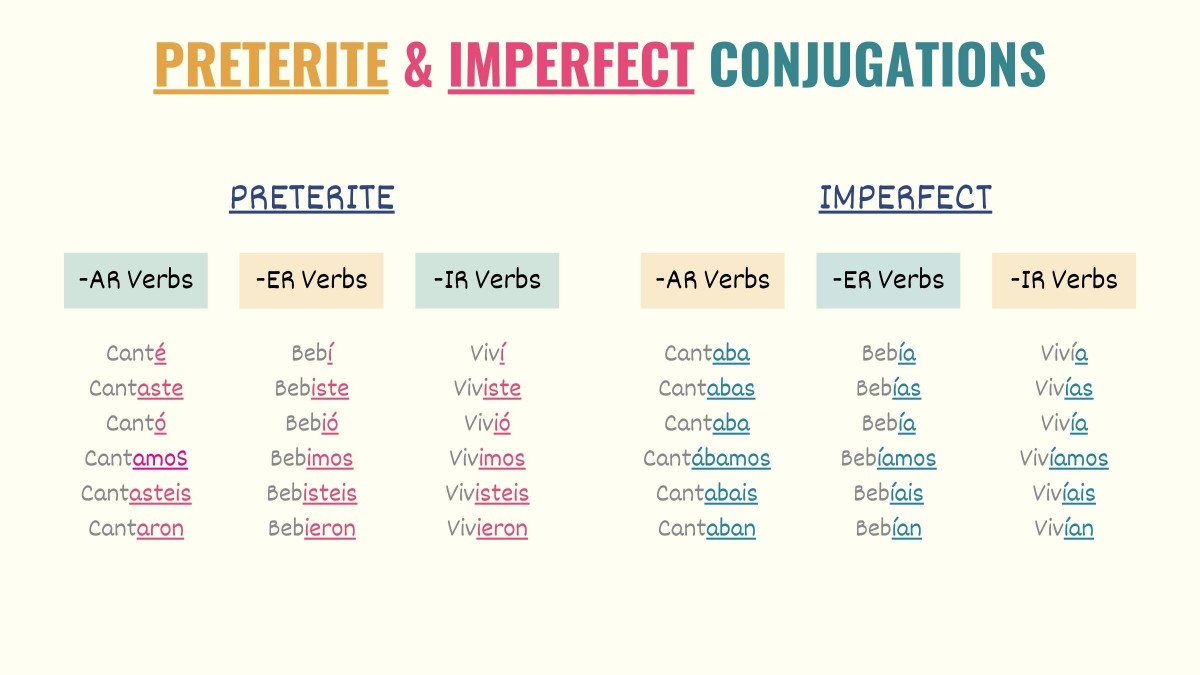What Are The Conjugations Of
What Are The Conjugations Of is a question that many language learners ask when they are trying to understand how verbs change based on tense, mood, voice, aspect, and agreement with the subject. Understanding the conjugations of a verb is crucial for effective communication in any language. It allows speakers to express actions, events, or states with precision and accuracy.
Conjugations are the variations of a verb that occur to indicate various features such as person, number, gender, tense, aspect, mood, voice, or other grammatical categories. In different languages, verbs are conjugated differently, and understanding these variations is essential for mastering the language.
What Are the Basic Conjugations Of Verbs?
Understanding the basic conjugations of verbs is essential for language learners. It helps them communicate effectively in different situations and contexts. The basic conjugations of verbs include:
- Present Tense
- Past Tense
- Future Tense
- Imperative Mood
What Are the Conjugations Of Regular Verbs?
Regular verbs follow a predictable pattern when conjugated in different tenses and moods. They typically follow a set of rules that make it easier for language learners to conjugate them accurately. Understanding the conjugations of regular verbs is fundamental for building a strong foundation in any language.
What Are the Conjugations Of Irregular Verbs?
Irregular verbs do not follow the typical patterns of conjugation and often have unique forms for different tenses and moods. Learning the conjugations of irregular verbs can be challenging, but it is essential for mastering the language and using verbs accurately in speech and writing.
What Are the Conjugations Of Modal Verbs?
Modal verbs have unique conjugations that express modality such as possibility, necessity, ability, permission, and obligation. Understanding the conjugations of modal verbs is crucial for expressing various shades of meaning in different contexts and situations.
What Are the Conjugations Of Reflexive Verbs?
Reflexive verbs indicate that the subject of the verb performs the action on itself. These verbs have specific conjugations that reflect the reflexive nature of the action. Understanding the conjugations of reflexive verbs is essential for expressing actions that involve the self.
What Are the Conjugations Of in Different Languages?
Every language has its own unique system of verb conjugations. Understanding the conjugations of verbs in different languages is essential for language learners who want to communicate effectively in multilingual environments. Whether it's Spanish, French, German, Italian, or any other language, mastering verb conjugations is crucial for fluency and accuracy.
What Are the Conjugations Of in Spanish?
Spanish verbs are conjugated based on person, number, tense, mood, and aspect. Understanding the conjugations of Spanish verbs is essential for speaking and writing in Spanish with accuracy and fluency.
What Are the Conjugations Of in French?
French verbs have specific conjugations for different subjects, tenses, and moods. Mastering the conjugations of French verbs is crucial for effective communication in French-speaking communities.
What Are the Conjugations Of in German?
German verbs have unique conjugations for different persons, numbers, and tenses. Understanding the conjugations of German verbs is essential for communicating effectively in German-speaking contexts.
What Are the Conjugations Of in Italian?
Italian verbs have specific conjugations for different subjects, tenses, and moods. Mastering the conjugations of Italian verbs is crucial for effective communication in Italian-speaking communities.
What Are the Conjugations Of in Different Tenses?
Verbs are conjugated differently based on the tense in which they are used. Understanding the conjugations of verbs in different tenses is essential for expressing actions, events, or states at specific points in time.
What Are the Conjugations Of in Present Tense?
Present tense conjugations are used to express actions, events, or states that are happening now or are generally true. Understanding the conjugations of verbs in the present tense is essential for everyday communication.
What Are the Conjugations Of in Past Tense?
Past tense conjugations are used to express actions, events, or states that have already happened. Mastering the conjugations of verbs in the past tense is essential for recounting past experiences and events.
What Are the Conjugations Of in Future Tense?
Future tense conjugations are used to express actions, events, or states that will happen at some point in the future. Understanding the conjugations of verbs in the future tense is essential for making plans and predictions.
What Are the Conjugations Of in Conditional Tense?
Conditional tense conjugations are used to express actions, events, or states that would happen under certain conditions. Mastering the conjugations of verbs in the conditional tense is essential for expressing hypothetical or uncertain situations.
Conclusion
Understanding the conjugations of verbs is essential for effective communication in any language. Whether it's the basic conjugations of regular verbs, the unique conjugations of irregular and modal verbs, or the specific conjugations of reflexive verbs, mastering verb conjugations is crucial for fluency and accuracy. Additionally, understanding the conjugations of verbs in different languages and tenses is essential for multilingual communication and cultural exchange.

Verb Conjugation Chart Poster Storyboard by postertemplates

Spanish lesson How to conjugate Spanish regular verbs • Spanish4Kiddos

Spanish Past Tenses 101 Preterite vs Imperfect Tell Me In Spanish